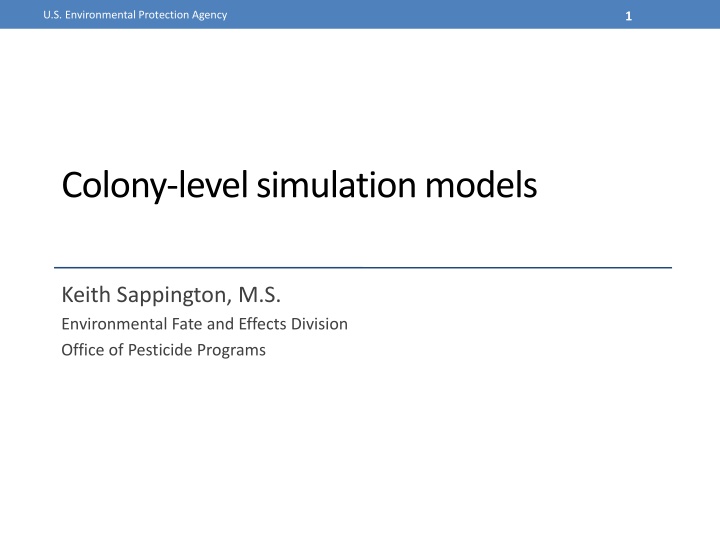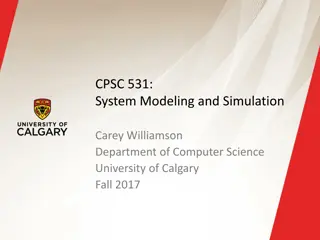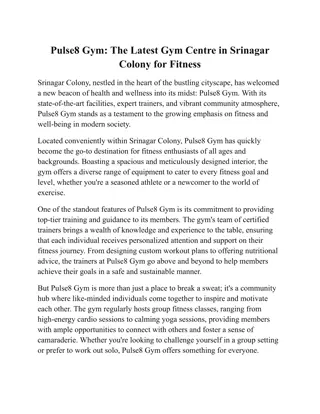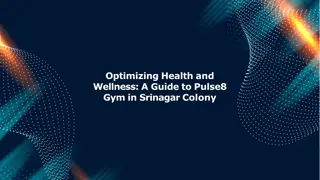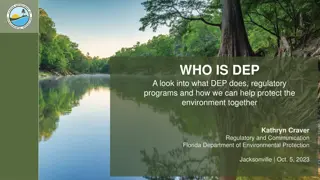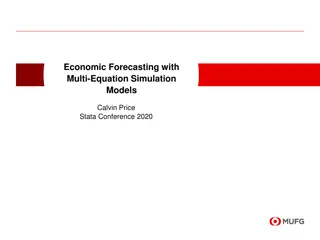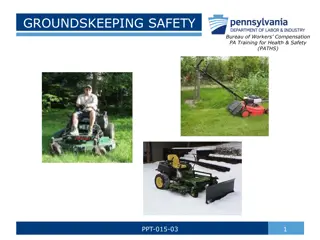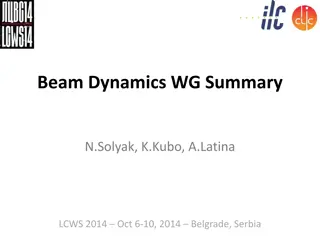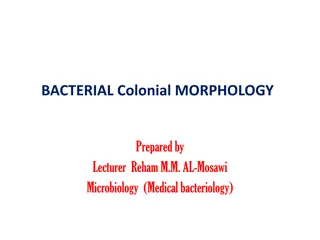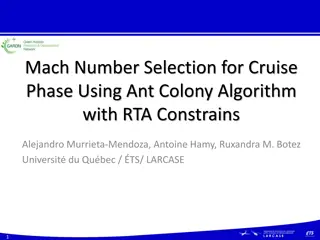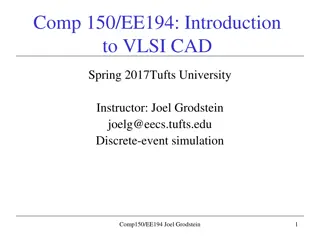Colony-Level Simulation Models in Environmental Protection
This content discusses the use of colony-level simulation models by the U.S. Environmental Protection Agency for assessing risks related to honey bees. The models help understand biological processes, interpret sublethal endpoints, inform study designs, and integrate multiple stressors. However, existing models have limitations, such as a lack of landscape linkage, insufficient empirical testing, sensitivity analysis, and documentation. Attributes of select models and their key outputs and inputs are also highlighted.
Download Presentation

Please find below an Image/Link to download the presentation.
The content on the website is provided AS IS for your information and personal use only. It may not be sold, licensed, or shared on other websites without obtaining consent from the author.If you encounter any issues during the download, it is possible that the publisher has removed the file from their server.
You are allowed to download the files provided on this website for personal or commercial use, subject to the condition that they are used lawfully. All files are the property of their respective owners.
The content on the website is provided AS IS for your information and personal use only. It may not be sold, licensed, or shared on other websites without obtaining consent from the author.
E N D
Presentation Transcript
U.S. Environmental Protection Agency 1 Colony-level simulation models Keith Sappington, M.S. Environmental Fate and Effects Division Office of Pesticide Programs
2 U.S. Environmental Protection Agency Outline Potential utility of colony-level simulation models for proposed risk assessment framework Current State of the Science Discussion of select models
3 U.S. Environmental Protection Agency Why consider colony simulation models? Understanding interdependent biological processes Interpret and relate sublethal measurement endpoints to assessment endpoints (e.g., colony strength and survival, quantity of hive products) Inform the design of higher tier studies (e.g., timing, scale, replication, duration) Assist interpretation of Tier II and III study results Account for observed variability in endpoints (e.g., season) Account for other non-chemical factors (e.g., weather) Incorporate data from multiple assessment Tiers Integrate chemical and non-chemical stressors
4 U.S. Environmental Protection Agency Current State of the Science SETAC Pellston1 Conclusion (Executive Summary): None of the existing honey bee models seems suitable for regulatory risk assessment because (p 37) Lack of linkage between foragers and surrounding landscape Most are insufficiently tested with empirical data Most lack sensitivity analysis to understand controlling factors Multiple stressors are not included Insufficient documentation with some models 1 Fischer, D. and T. Moriarty. 2011. Pesticide risk assessment for pollinators: summary of a SETAC Pellston Workshop. Edited by D. Fischer and T. Moriarty. SETAC Press. http://www.setac.org/sites/default/files/executivesummarypollinators_20sep2011.pdf
5 U.S. Environmental Protection Agency Attributes of Select Models Model Scale Key Model Output Key Model Inputs and Processes Becher et al. 2010 Colony Colony size and composition Impact of comb temperature on egg laying, brood development, colony strength Colony size and composition Impact of initial colony size, weather, photoperiod, queen fertility on brood development, colony dynamics Colony size and composition Impact of forager death rate on onset of foraging; task division, brood and forager survival Colony size and spatial distribution of Africanized and European honey bees swarming, migration, genotype Colony size and composition, amount of pollen and honey division, queen fertility, brood development, foraging, larval cannibalism Colony size and composition Pesticide impacts on egg laying, brood rearing, onset of foraging, worker longevity, colony strength DeGrandi Hoffman et al. 1989 (BeePoP) Colony Khoury et al. 2011 Colony Makela et al. 1993 (AHBsim) Colony and population Food quantity, task division, queen fertility, brood development, Schmickl & Crailsheim 2007 HoPoMo) Colony Food quantity &processing, task Thompson et al. 2005 Colony
6 U.S. Environmental Protection Agency Attributes of Select Models Model Spatially Explicit? Sensitivity analysis? Model Verification Application to Pesticides? Becher et al. 2010 No No Timing of peak hive strength, minimum hive strength for overwintering Limited comparison to literature studies No DeGrandi Hoffman et al. 1989 (BeePoP) Yes* Yes Yes (Web version) Khoury et al. 2011 No Limited Onset of foraging, forager age No Makela et al. 1993 Yes No None No Schmickl & Crailsheim 2007 (HoPoMo) Thompson et al. 2005 Yes* Limited Selected model components and output compared to literature data Limited comparison to colony-level toxicity studies No No No Yes * Based on geographic differences in weather conditions
7 U.S. Environmental Protection Agency Desired Features of a Colony-level Simulation Model Account for major factors that determine colony dynamics intra-colony and eventually, inter-colony Quantitatively link various measurement endpoints to assessment endpoints colony strength & colony survival, production of hive products Readily parameterized, using existing biological and pesticide- specific data Adaptable to pesticide uses that differ across regions Account for geographic variation in use pattern, crops, climate, landscape Scientifically defensible, transparent, well documented, publically available1 Sensitivity and uncertainty analysis Evaluation relative to empirical data 1Guidelines for environmental model development have been published by the USEPA Council on Regulatory Environmental Models (CREM) http://www.epa.gov/crem/index.html. Guidelines for Mechanistic Effects Models are under development as part of an European Commission CREAM project (http://cream-itn.eu/ )
8 U.S. Environmental Protection Agency Summary Current colony-level simulation models do not appear ready for regulatory use Once fully developed and evaluated, colony level models have potential to serve as an important line of evidence as part of risk characterization They may also be useful for problem formulation, designing and interpreting empirical studies, and integrating data generated at multiple risk assessment tiers EPA is interested in SAP feedback on the concept of using colony- level models in pesticide ecological risk assessments and their current state of the science. (Charge Question 14a&b) EPA seeks SAP comments on critical model elements that should be considered in a honey bee colony-level model for use in pesticide ecological risk assessments. (Charge Question 14c)
